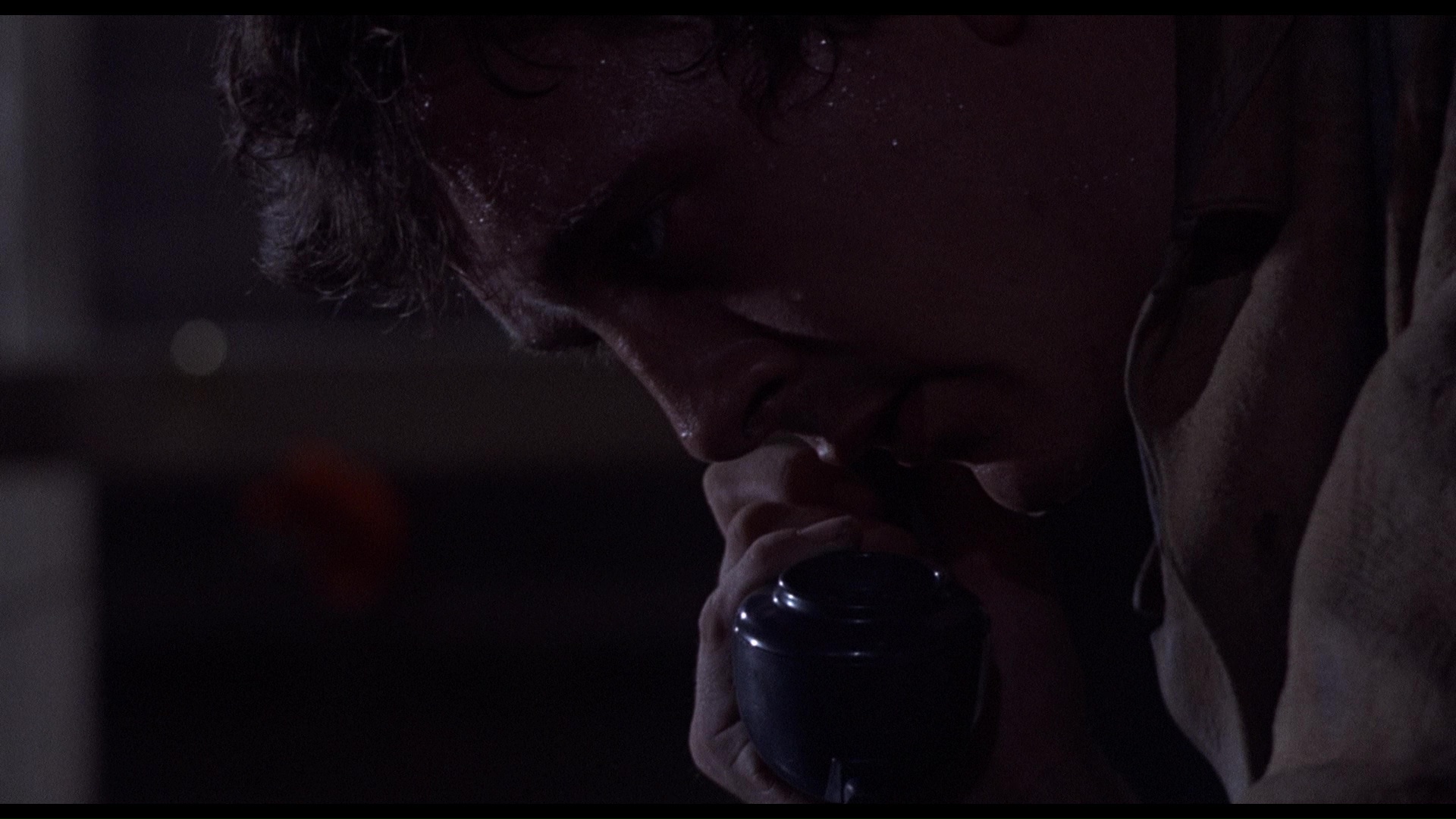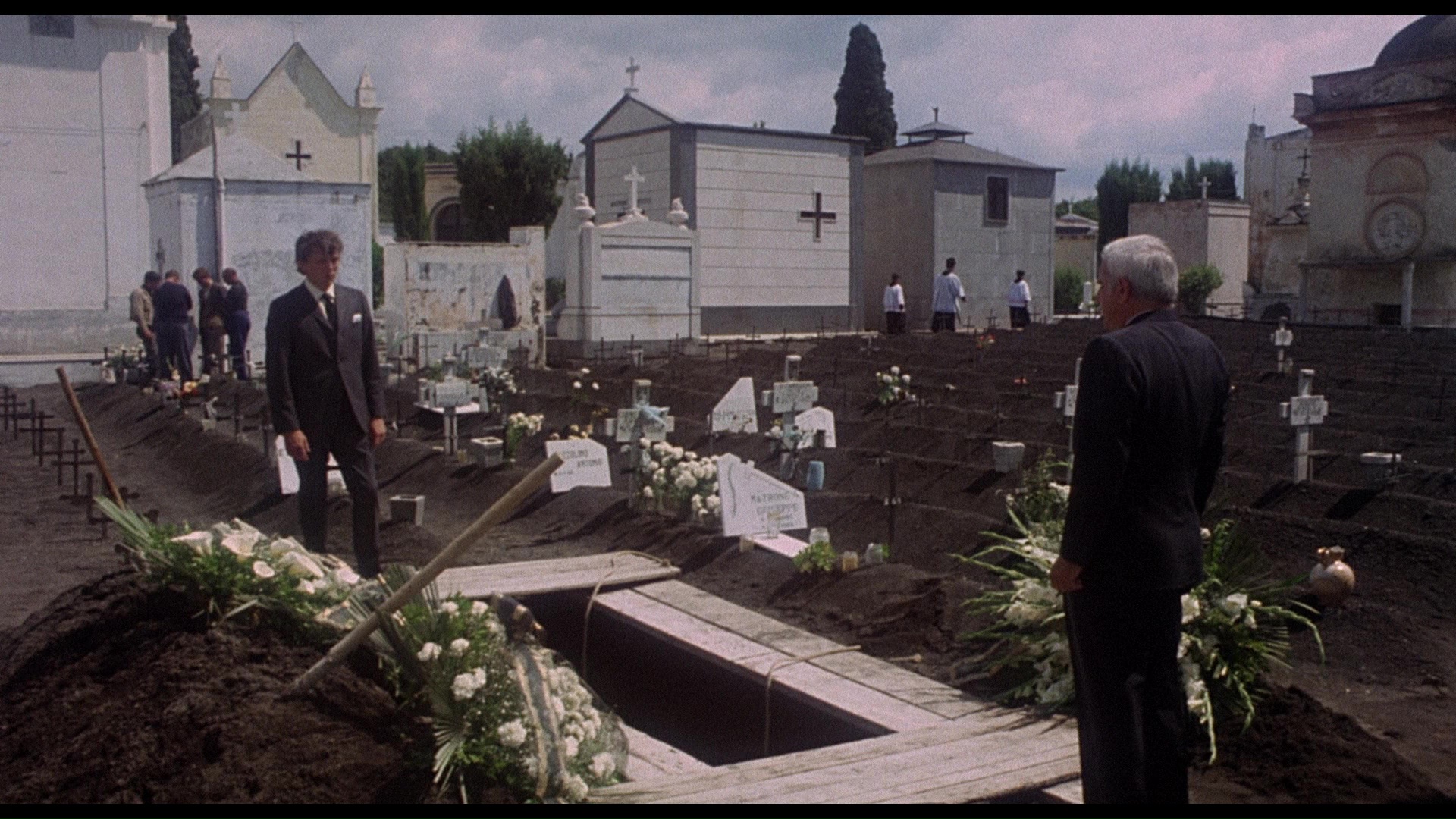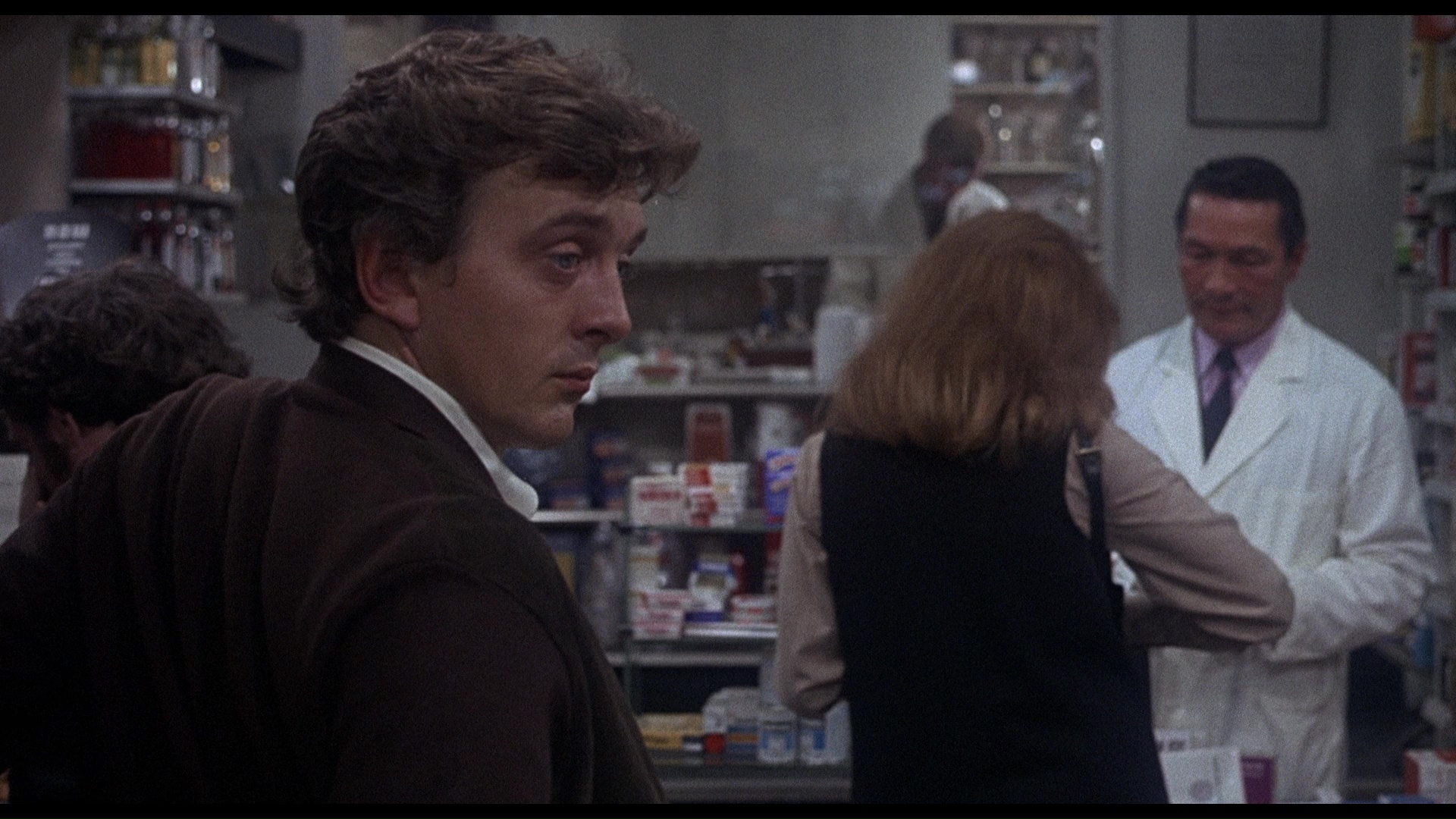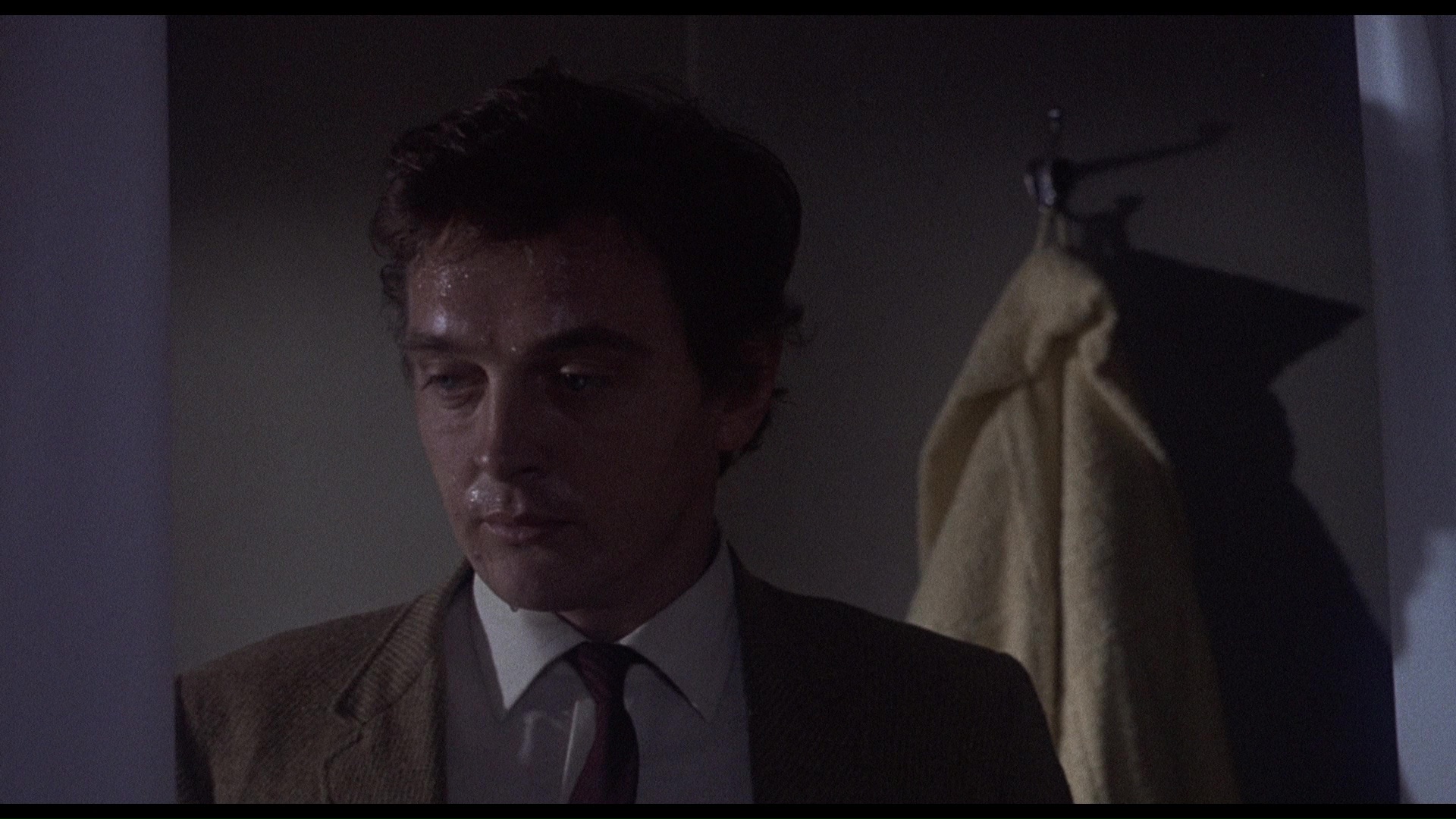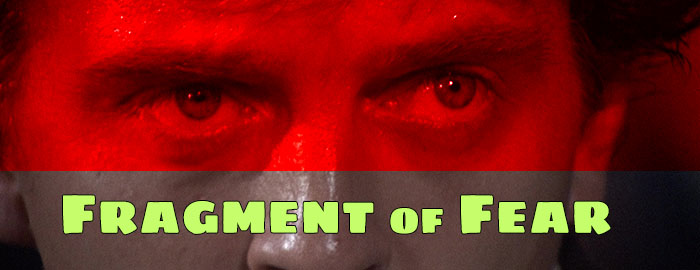
Color, 1970, 95 mins. 30 secs.
Directed by Richard C. Sarafian
Starring David Hemmings, Gayle Hunnicutt, Wilfrid Hyde-White, Flora Robson, Adolfo Celi, Daniel Massey, Mona Washbourne
Indicator (Blu-ray) (UK R0 HD), Sony (MOD DVD) (US R0 NTSC) / WS (1.85:1) (16:9)
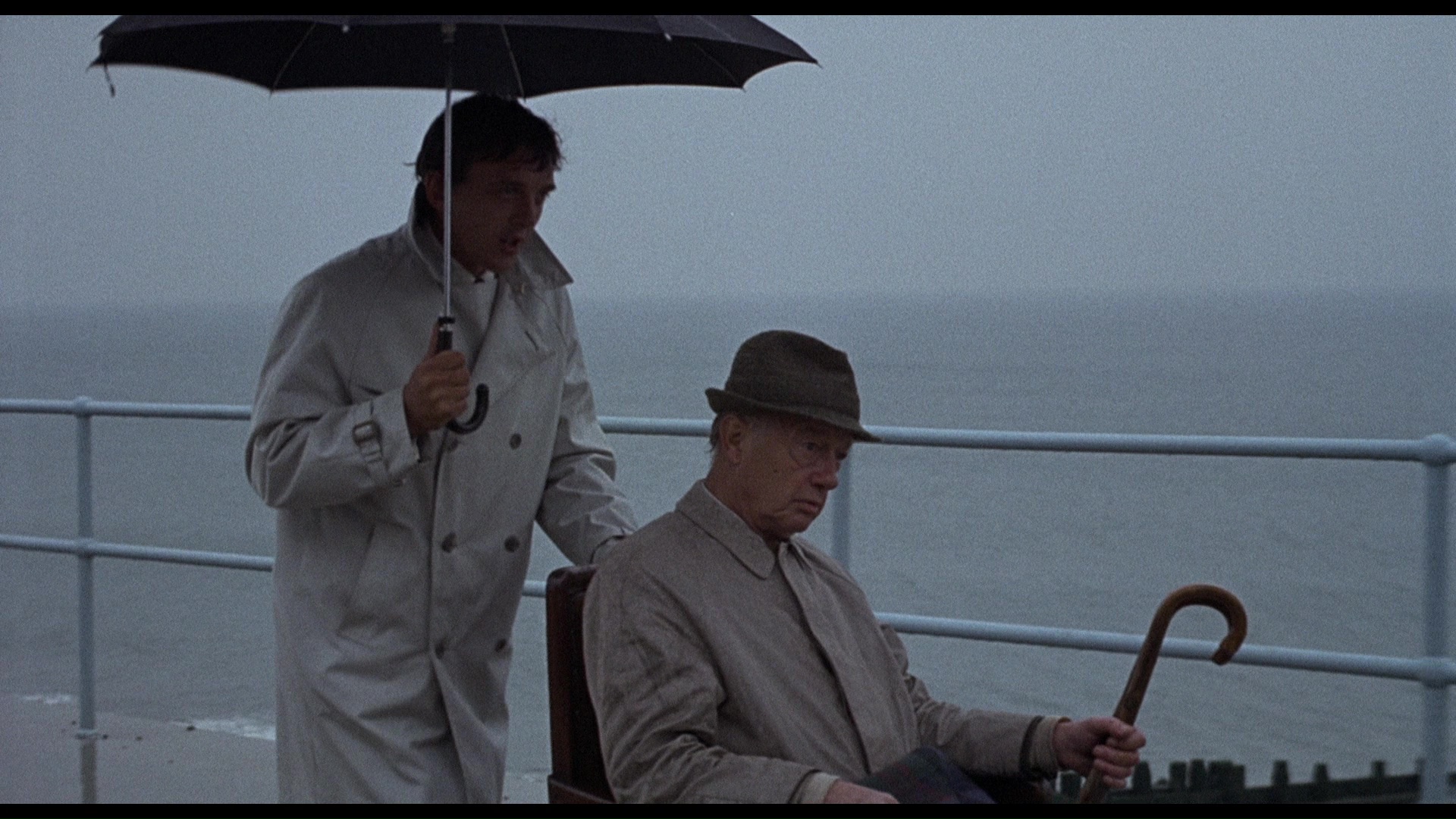 marketing team at
marketing team at 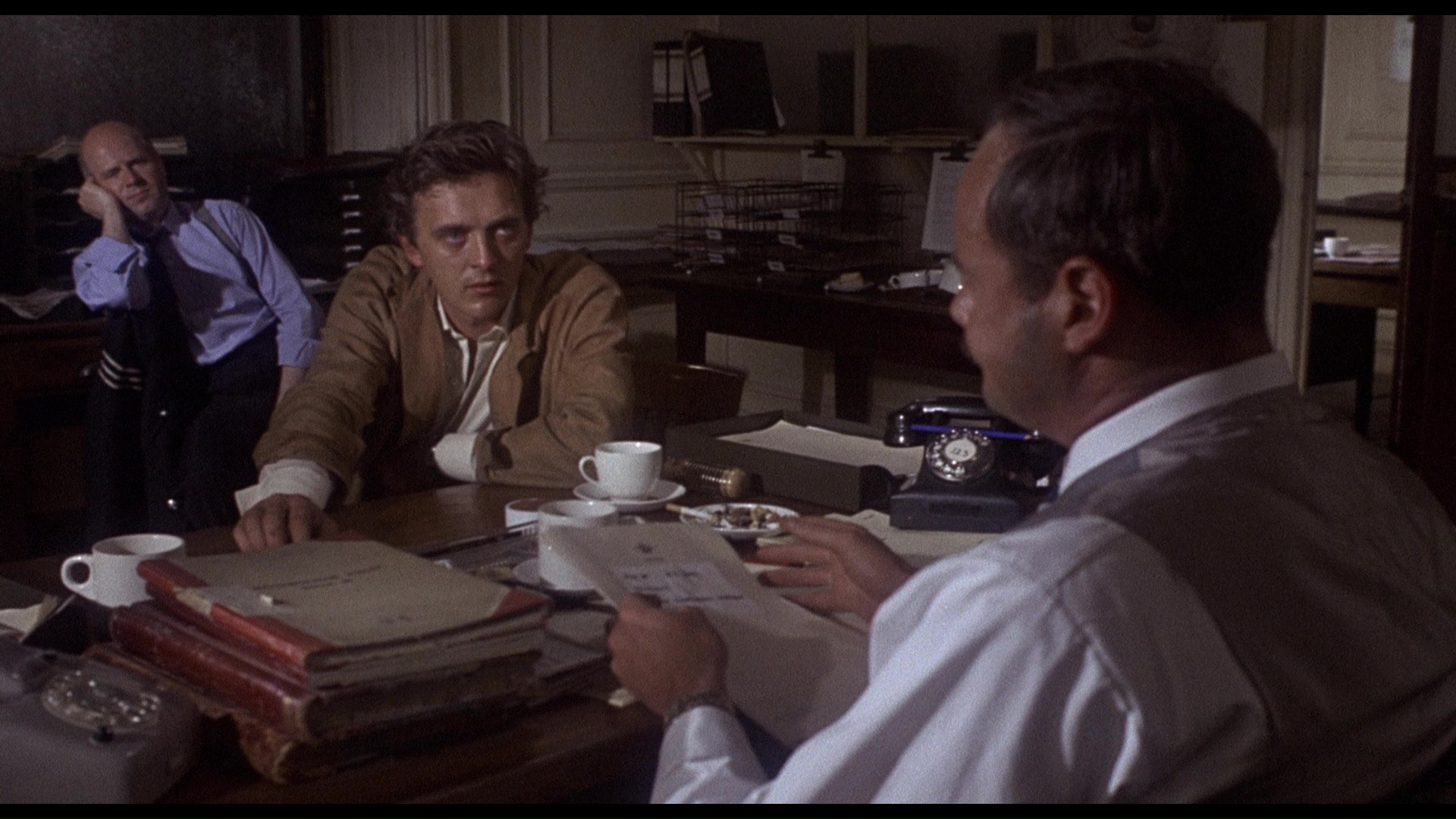 Columbia Pictures really had its work cut out for it with this odd, almost unclassifiable freak out, an early big screen effort for veteran TV director Richard C. Sarafian just before his incredible triple hitter with Vanishing Point, Man in the Wilderness, and Lolly Madonna XXX. The posters touted this as "A phantasmagoria of fright," a pretty sketchy claim for a film that really aims to be more of a reality-bending mind puzzle.
Columbia Pictures really had its work cut out for it with this odd, almost unclassifiable freak out, an early big screen effort for veteran TV director Richard C. Sarafian just before his incredible triple hitter with Vanishing Point, Man in the Wilderness, and Lolly Madonna XXX. The posters touted this as "A phantasmagoria of fright," a pretty sketchy claim for a film that really aims to be more of a reality-bending mind puzzle. 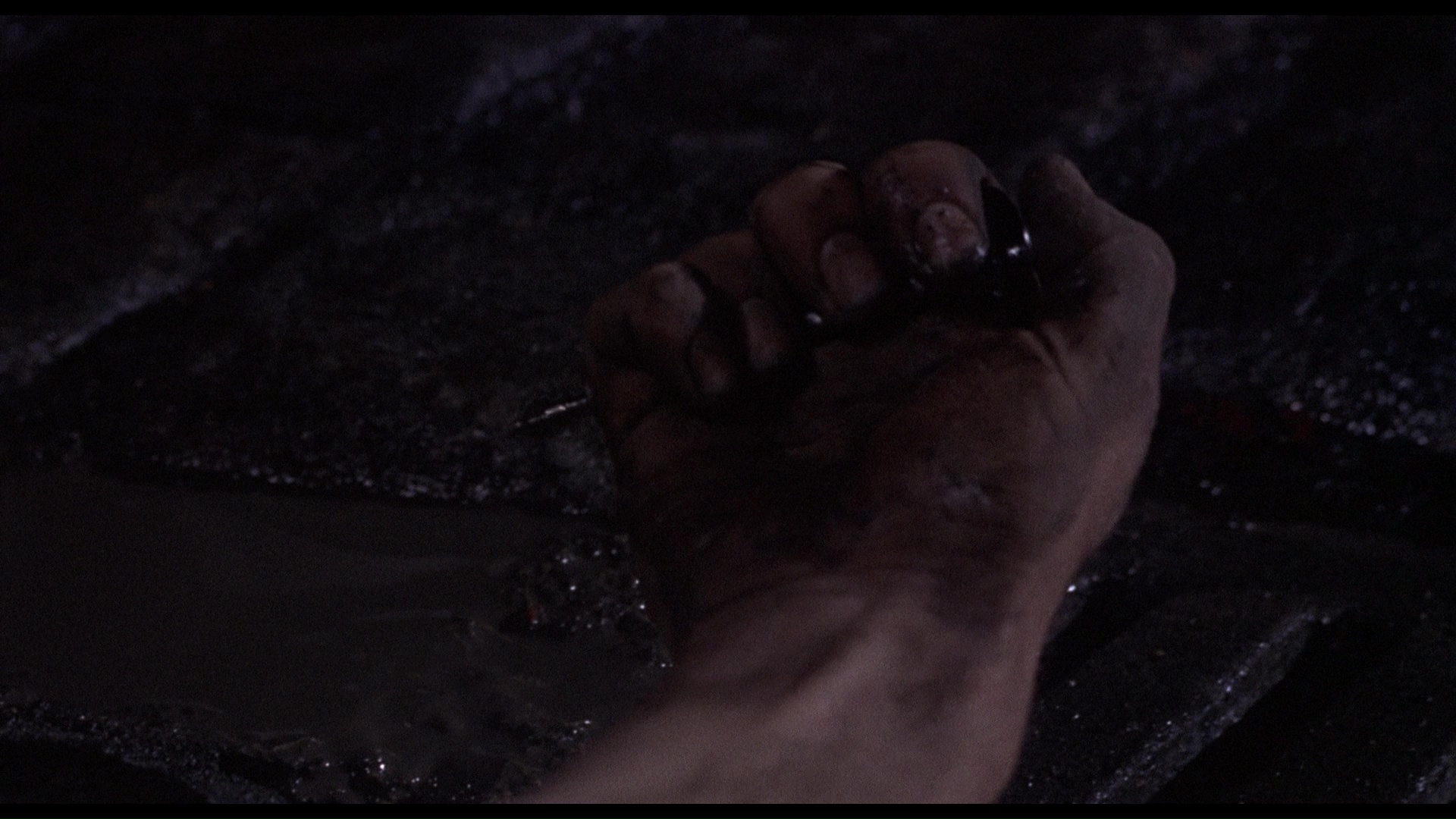 international star at the time after his breakthrough role in Michelangelo Antonioni's Blow-up (and future star of Deep Red), Hemmings gives his sweatiest performance ever here in a tricky role
international star at the time after his breakthrough role in Michelangelo Antonioni's Blow-up (and future star of Deep Red), Hemmings gives his sweatiest performance ever here in a tricky role 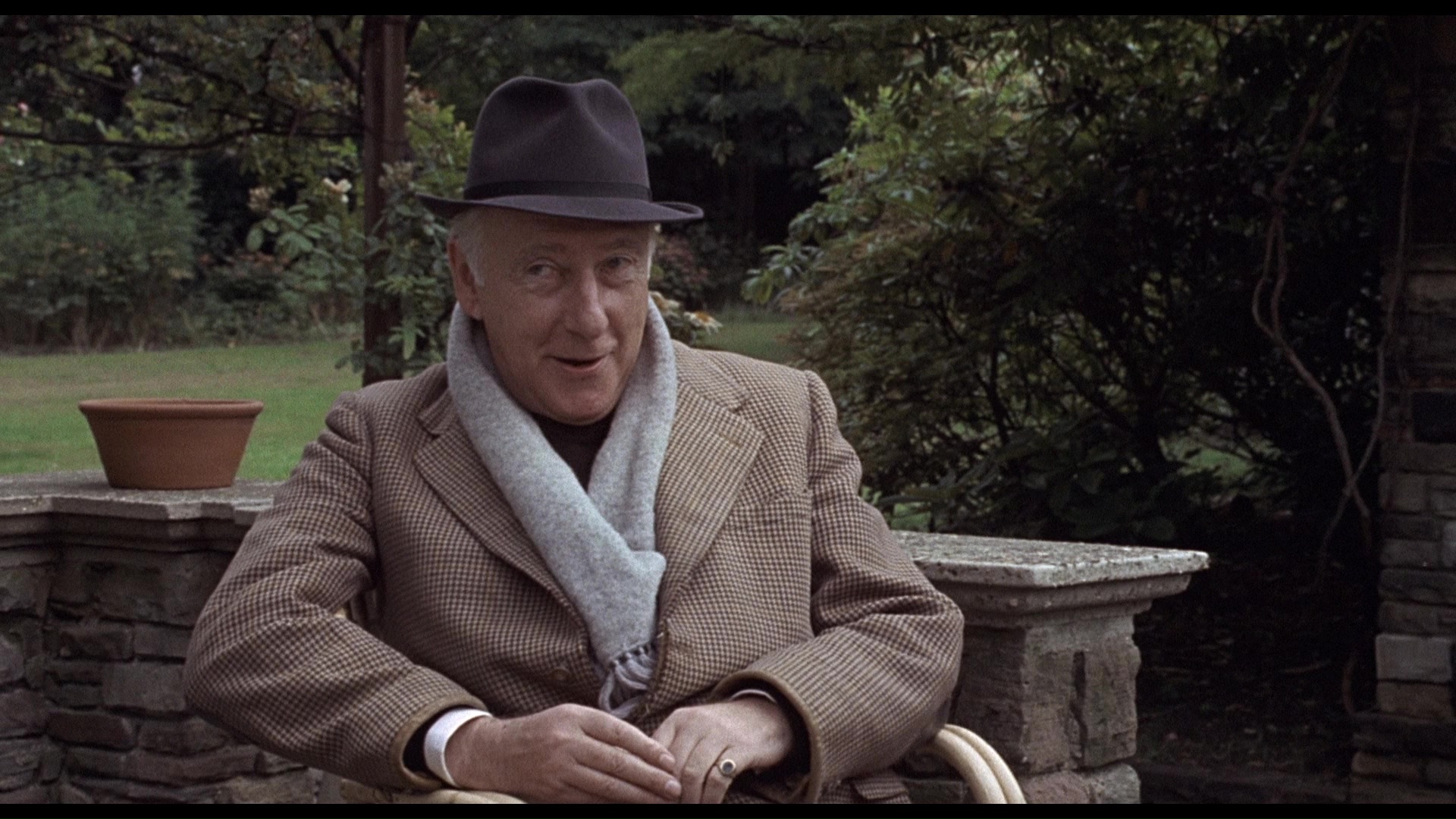 that sends him spiraling through a number of characters and baffling plot twists that push him to the edge of sanity. Anyone expecting a horror film or a suspense thriller won't really get that here as the film really hinges on a different kind of twist, and it's actually a more satisfying experience on second viewing when you don't worry about putting all the pieces together and just go with the flow. It's all going to boil down to personal taste and how fond the viewer feels about free-form early '70s filmmaking, but the real make or break here is the aggressive, sometimes outrageous score by pop and jazz vet Johnny Harris. Created in conjunction with his legendary Movements album the same year, it's a bold and sometimes baffling accompaniment with a hyperactive jazz flute blasting away at several key points. (His next Sarafian film, Man in the Wilderness, was a bit more traditional.)
that sends him spiraling through a number of characters and baffling plot twists that push him to the edge of sanity. Anyone expecting a horror film or a suspense thriller won't really get that here as the film really hinges on a different kind of twist, and it's actually a more satisfying experience on second viewing when you don't worry about putting all the pieces together and just go with the flow. It's all going to boil down to personal taste and how fond the viewer feels about free-form early '70s filmmaking, but the real make or break here is the aggressive, sometimes outrageous score by pop and jazz vet Johnny Harris. Created in conjunction with his legendary Movements album the same year, it's a bold and sometimes baffling accompaniment with a hyperactive jazz flute blasting away at several key points. (His next Sarafian film, Man in the Wilderness, was a bit more traditional.) 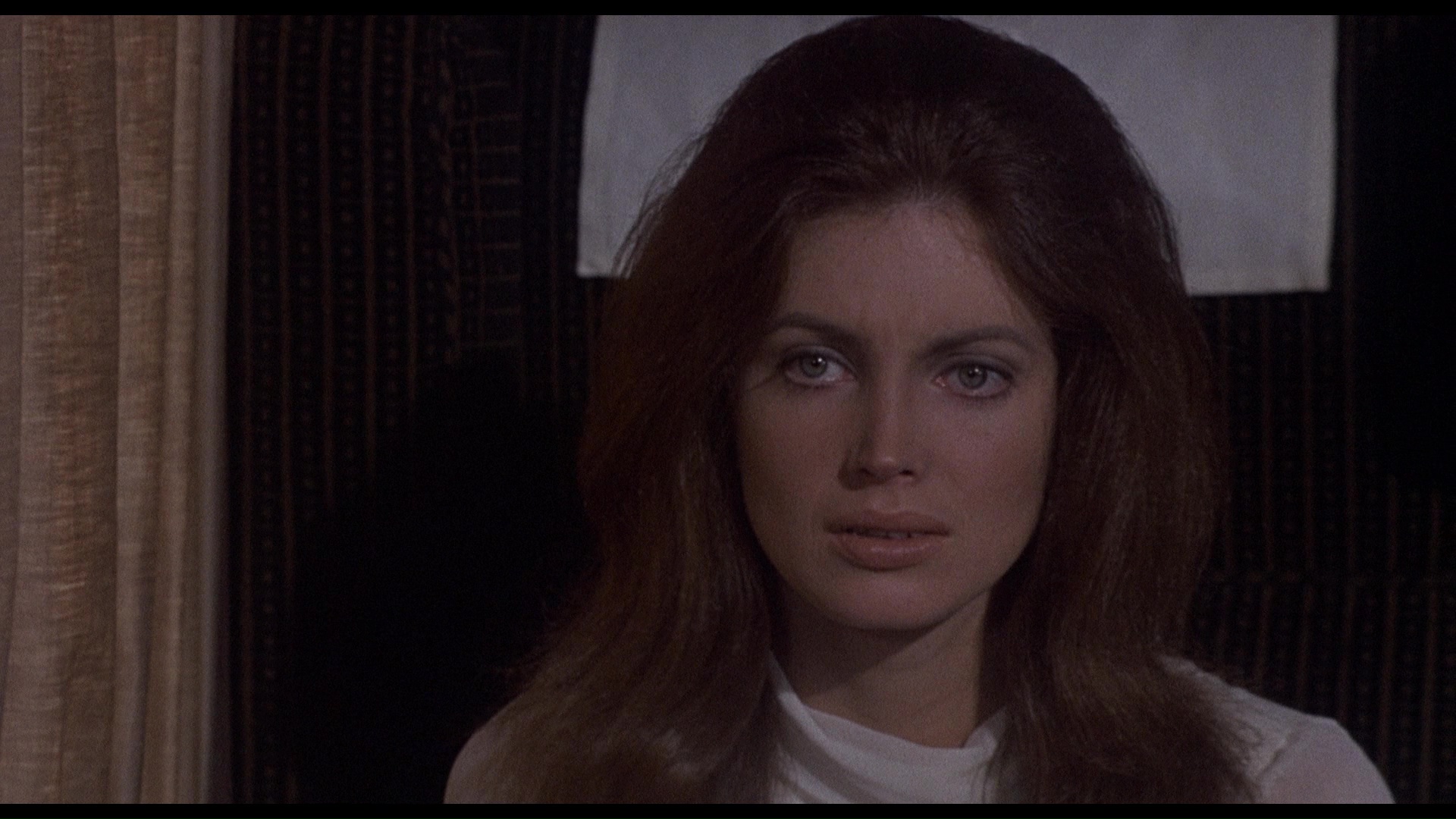 by the studio. Appropriately dark and colorful with natural film grain, it looks very authentic to the period here and should make any game viewers quite happy.
by the studio. Appropriately dark and colorful with natural film grain, it looks very authentic to the period here and should make any game viewers quite happy. 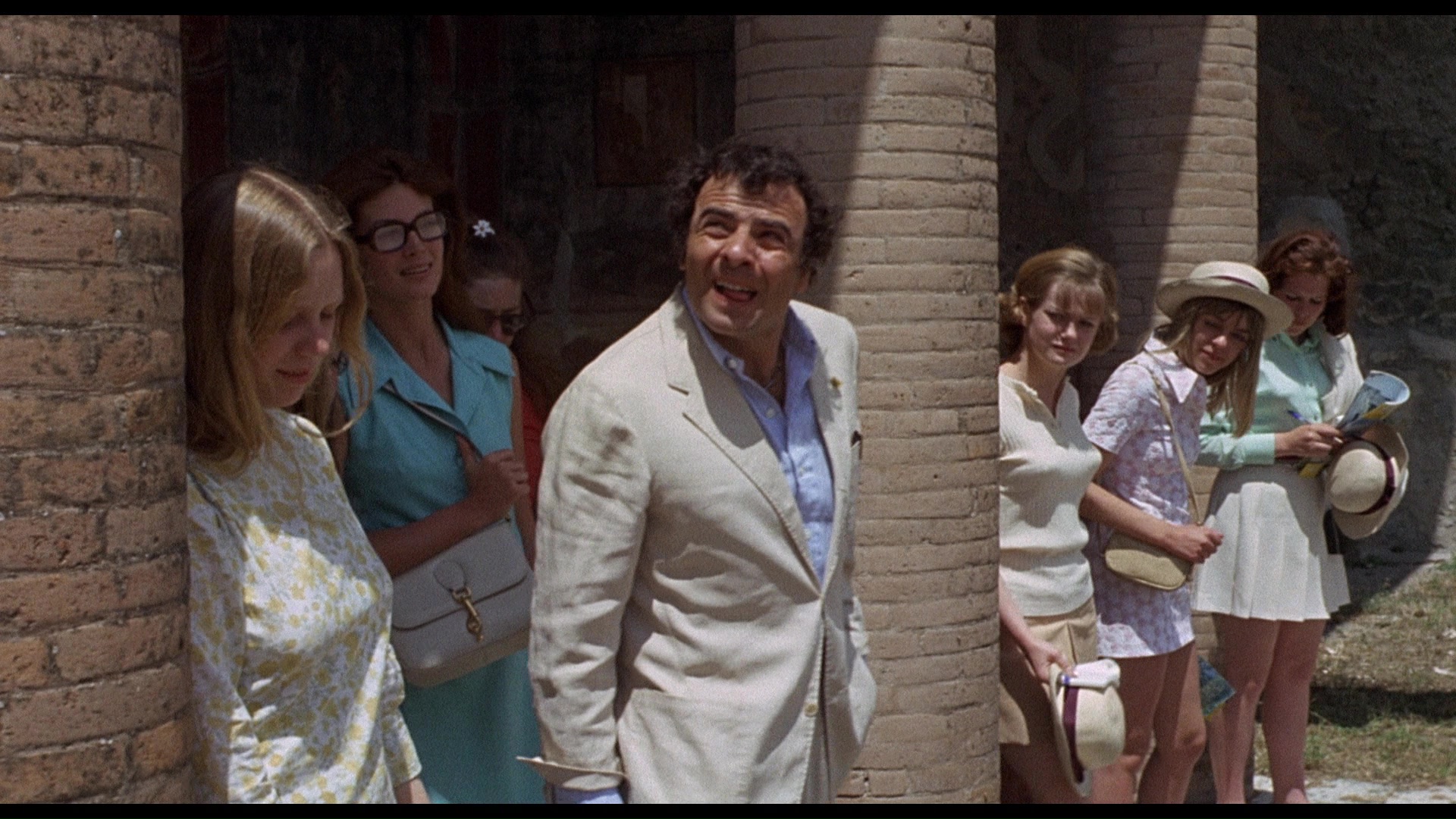 ranging from Goldfinger to multiple Planet of the Apes films, The Spy Who Came In from the Cold, and Murder on the Orient Express. Kipen does a good job of weaving together such recurring motifs as a love of animals and an atmosphere of paranoia while noting Kipen's love-hate relationship with typewriters. Up next is an interview with first assistant director William P. Cartlidge (9m57s), which is almost worth the disc by itself as he gets very candid about Sarafian's love for the bottle and odd shooting habits as well as the "scatterbrained" womanizer Hemmings, who didn't read the full script until a week into shooting. The theatrical trailer and three minutes of radio spots are also included, along with a batch of promotional stills and, in the insert booklet, a new liner notes essay by Johnny Mains, highlights from an unpublished interview with Harris, and a selection of reviews and press coverage from the film's original theatrical release.
ranging from Goldfinger to multiple Planet of the Apes films, The Spy Who Came In from the Cold, and Murder on the Orient Express. Kipen does a good job of weaving together such recurring motifs as a love of animals and an atmosphere of paranoia while noting Kipen's love-hate relationship with typewriters. Up next is an interview with first assistant director William P. Cartlidge (9m57s), which is almost worth the disc by itself as he gets very candid about Sarafian's love for the bottle and odd shooting habits as well as the "scatterbrained" womanizer Hemmings, who didn't read the full script until a week into shooting. The theatrical trailer and three minutes of radio spots are also included, along with a batch of promotional stills and, in the insert booklet, a new liner notes essay by Johnny Mains, highlights from an unpublished interview with Harris, and a selection of reviews and press coverage from the film's original theatrical release. 